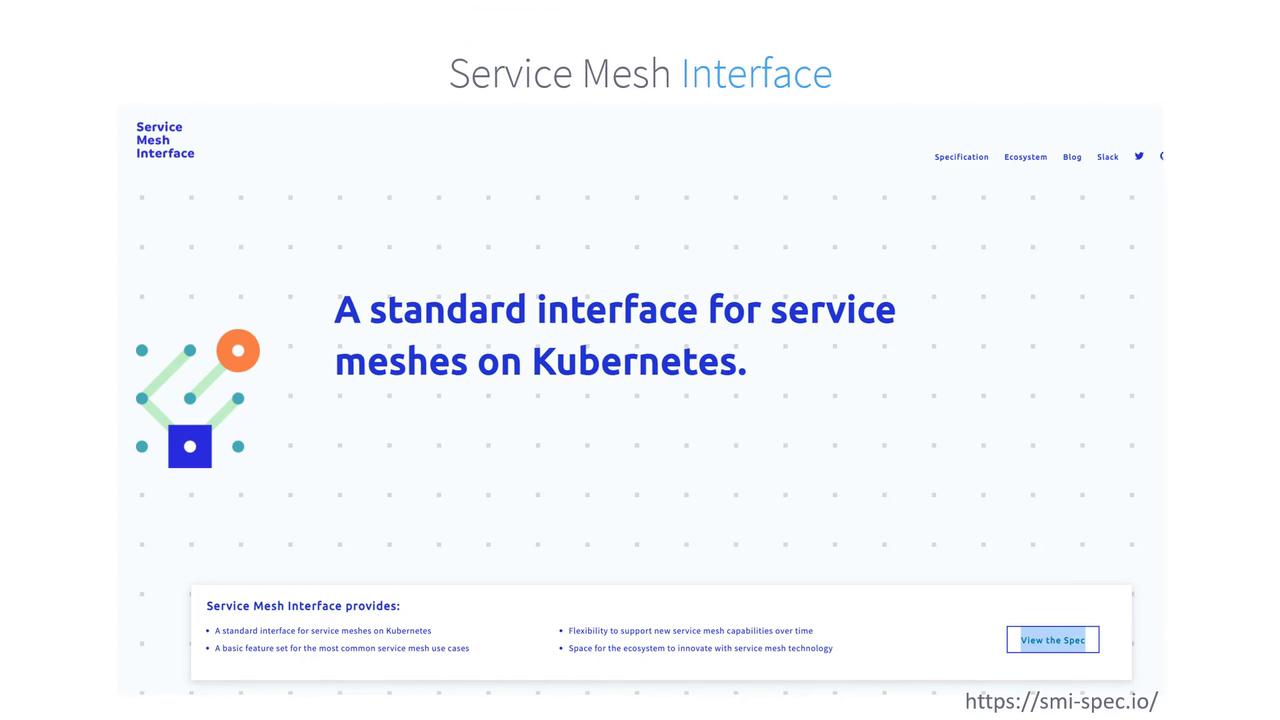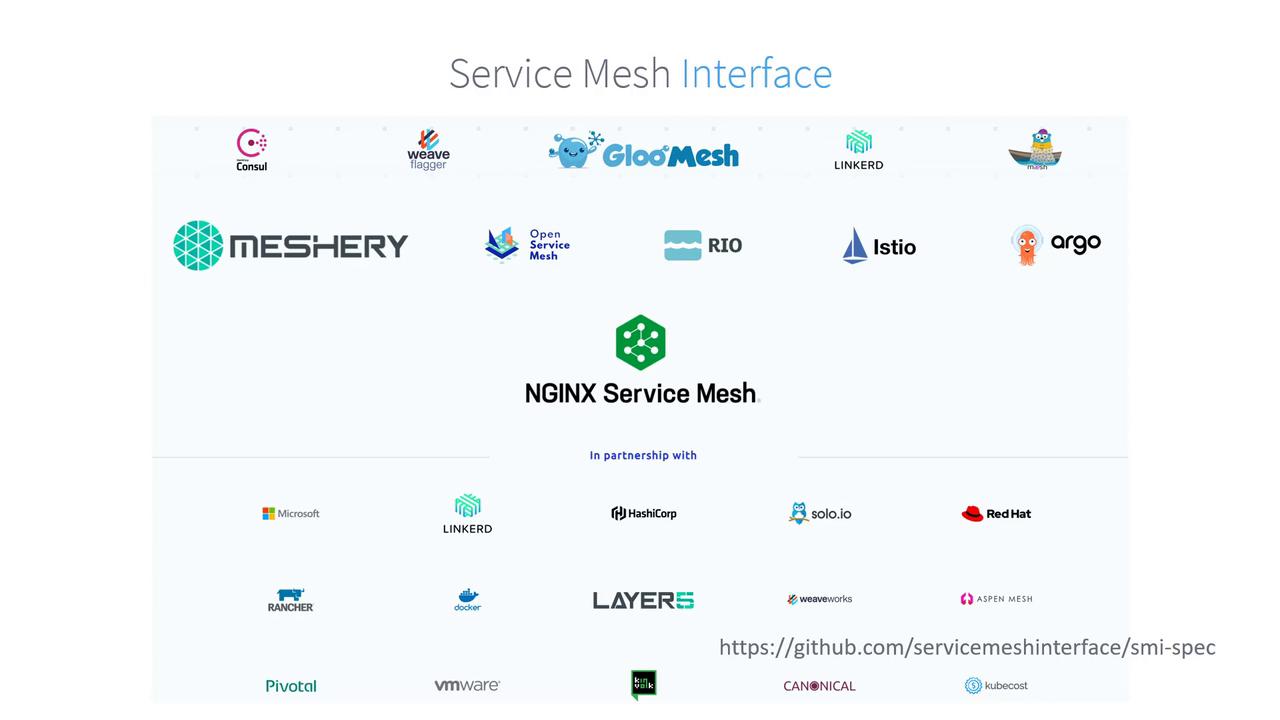Istio Service Mesh
Observability
A Quick Note on Service Mesh Interface
In this article, we explore the Service Mesh Interface (SMI) and its critical role in modern microservices architectures. By providing a consistent abstraction layer over diverse service mesh implementations, SMI simplifies the adoption of advanced networking features without locking developers into a specific vendor's ecosystem.
So far, we have examined microservices and the challenges they address, as well as how the networking layer has evolved to become significantly smarter and more dynamic.

As Service Mesh technologies gain popularity, vendors continue to introduce innovative capabilities. However, these rapid advancements can sometimes lead to vendor lock-in, making it challenging for developers to switch between implementations without extensive re-education on vendor-specific features.
SMI: A Unifying Approach
In 2019, Microsoft initiated work on the Service Mesh Interface to create a standard abstraction layer over various service mesh implementations. This initiative aims to define a common feature set that fosters community-driven innovation and interoperability.
By establishing a baseline for features such as traffic management, telemetry, and traffic policies, SMI encourages portability and flexibility across different service mesh solutions. This standardization allows developers to quickly start using any product without worrying about the underlying vendor-specific intricacies.
Several leading service mesh providers, including Istio, have already embraced these common standards. For an up-to-date list of providers and comprehensive details about the SMI specifications, please visit smi-spec.io.

As the SMI APIs continue to mature, we can expect their capabilities to expand further, enhancing the potential and adaptability of service mesh technologies across Kubernetes environments and beyond.
For further reading:
Watch Video
Watch video content